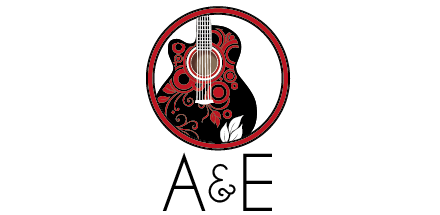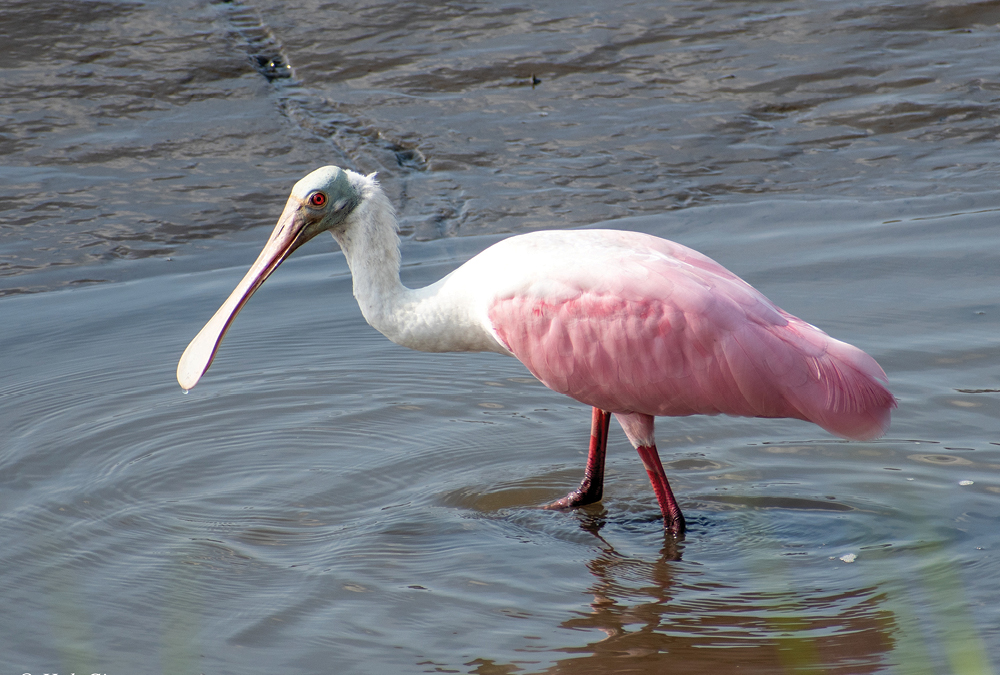From the Greenway to County Parks, there are lots of feathered friends to meet
by Jenny Peterson | Staff Writer
Bird watching increased in popularity during COVID as a safe outdoor activity and more and more people continue to discover the charm of observing and documenting our winged friends.
“I’m seeing more new birders at our programs, which is wonderful to see,” said Keith McCullough, a Natural History Interpretation Coordinator at the Caw Caw Interpretive Center in West Ashley who leads weekly bird walks at the park. “When people come out to go birding, they learn what kind of birder they are—there are some people we might call ‘listers’ who are very interested in adding a new species to their list. But there’s also something pretty universal called a lifer. A ‘lifer’ is someone who is looking for a bird they’ve never seen before in their life. When you get to see and identify a bird that you’ve never seen and identified before, that’s the goal. And most people feel pretty good when that happens.”
As a birding “newbie,” I had no birding agenda for my first time trying this outdoor hobby. I went on an hour-long birding excursion on a Friday morning with Charles Donnelly, who owns Holy City Birding and leads groups throughout Charleston.
We met on the West Ashley Greenway between mile seven and eight, close to the Limehouse Bridge that leads to Johns Island. The setting in itself was a hidden gem that I had not been to before, a well-worn path with 360-degree marsh views right off the Stono River.
It was low tide and Donnelly said it was prime time to see coastal shorebirds looking for their breakfast (fish, bugs and insects) in the flats of the river.
While some birding walks have observers looking up in the trees, this excursion had us looking mostly down at the shoreline, where birds of all sizes and shapes displayed their very different patterns of behavior for finding their next meal.
There was the quite spastic sandpiper, which powerwalked back and forth bobbing its tail non-stop and using its beak like a drill to plow through the mud; the little blue heron, which stood perfectly still and moved one centimeter at a time with very deliberate, slow steps typical of wading birds that hunt on the edge of the water.
Then there was the pink roseate spoonbill who loudly swept its spoon-shaped bill through the water, looking for food.
Several people on the greenway stopped to take photos of the spoonbill, who seemed oblivious to the gathering crowd as it came closer to the bridge, continuing to sweep its bill back and forth, scouring the marsh floor bed.
Other birds we observed on the excursion weren’t actively looking for food, rather simply taking a load off, including several standing on one foot in a large muddy area and a prehistoric-looking wood stork, who was humorously resting on its bent elbows that looked cartoonish with its feet sticking out in front of it.
Donnelly and I observed 31 species in total and 832 individual birds (mostly laughing gulls, but also egrets and great blue herons)—using top-of-the-line binoculars and a birding spotting scope, which is 35 times magnification of human eyesight and a favorite accessory of the birder.
Observing the birds through the scope brought these creatures inches from my eyes and I could see intricate, high-definition details—feathers blowing in the wind and beady eyes darting back and forth.
Throughout the excursion, Donnelly entered the bird species and number of birds we saw into EBird, an app on his phone that uses citizens as data scientists to help track bird species and inspires research over various species and habitats.
The spotting scope was a major game changer, but this is a hobby that uses both your eyes and your ears.
“Do you hear that squeaky sound… like a dog toy? It’s a brown-headed nuthatch,” Donnelly said. He scanned the trees for the small songbirds, noting that they are endangered but making a comeback. A Kingfisher bird flew above us, with something in its mouth it scooped up from the water.
Donnelly has been birding since 2015 and had jumped into the hobby wholeheartedly, even working with local schools to provide information about local birds to students. A real estate agent by day, he previously worked on a golf course and became enamored with the beauty of the outdoors.
He started Holy City Birding last fall, offering group tours, writing a blog about birds and started a Bird Patch Club, where he creates unique patches of birds spotted on tours to mail to attendees. (I was proudly given a roseate spoonbill patch at the end of my walk.)
Fall is the best time to go birding, not only with the cooler weather making the days more tolerable to be outside, but with the many birds that are migrating through the area in September and October.
McCullough has been leading birding programs at Caw Caw with Charleston County Parks for 16 years and has done guided birding programs since 1998. Fall is hands down his favorite birding season.
“Fall has this phenomenon that for some reason, birds when they’re flying south, tend to hug the coastline. On the right morning in the fall, there’s no telling what has shown up from the night before. The different birds we can see in the fall is among the greatest,” McCullough said.
Donnelly said he is also drawn to birding in the fall for the endless possibilities of birds to see.
“Migration is always fun when you see something that shouldn’t be here. Even though we’re on the East Coast, maybe a Western bird somehow got crossed up in migration, went with a different flock, and is now in Charleston where he really should be in California. That’s kind of fun when you find a bird that shouldn’t be here,” Donnelly said.
Yet, seeing and identifying birds is just one part of the entire experience. Fringe benefits include enjoying the outdoors and slowing down to take in the natural world. Something that makes this first-time birder want to keep at it.
“When you’re birding, you’re not moving very fast, you’re slow and observational. You’re stopping a lot, looking around a lot, listening a lot. Using your ears is a big part of it,” McCullough said. “We learn through our daily lives to turn our ears off. When it comes to many natural sounds, we filter them out. So, we’re trying to tweak those filters, bring those sounds back in to our lives and be curious about them.”
He adds, “As a guide, I’m there to help give context and life history about the bird and share conservation status of the birds that we see, tell stories and help connect the bird to our sense of place and to help people relate to the bird and the environment.”
For information on Caw Caw Interpretive Center bird walks, visit www.ccprc.com. For information about Holy City Birding, visit www.birdingcharleston.com.














